Aerial Photography: Capturing the World from Above Aerial photography, also known as airborne imagery, is…
Nature Photography: Capturing the Beauty of the Natural World
Nature photography is a captivating art form that allows photographers to capture the beauty and essence of the natural world. Through careful observation, technical skill, and an eye for detail, photographers are able to freeze moments in time, showcasing the wonders of the great outdoors. In this article, we will explore the art of nature photography, its techniques and equipment, and the sheer joy it brings to both photographers and viewers.

1. Introduction
Nature photography is a form of artistic expression that allows us to capture the enchanting beauty of the world around us. It enables us to freeze breathtaking moments, from majestic landscapes to intricate details of flora and fauna. Through the lens of a camera, we can document and share these captivating scenes, inviting others to appreciate and connect with the wonders of nature.
2. Why Nature Photography?
Nature photography serves as a visual medium to evoke emotions, inspire awe, and raise awareness about the fragility of our natural environment. It enables us to showcase the inherent beauty of our planet and reminds us of our responsibility to protect and preserve it for future generations. Moreover, nature photography provides a means of escape from our busy lives, allowing us to immerse ourselves in the tranquility and serenity of the natural world.
3. Types of Nature Photography

Landscape Photography
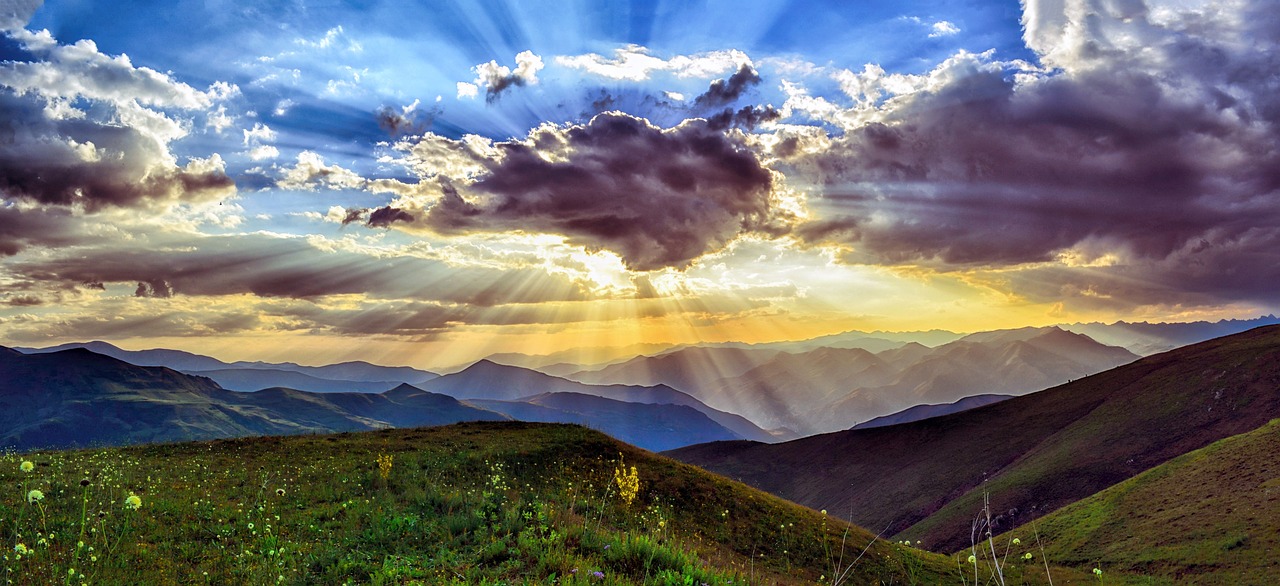
Landscape photography focuses on capturing vast vistas, sweeping horizons, and breathtaking natural landscapes. It often involves capturing scenes such as mountains, forests, coastlines, and deserts. By using composition techniques and playing with light and shadow, landscape photographers aim to convey the beauty and grandeur of the natural world.
Wildlife Photography
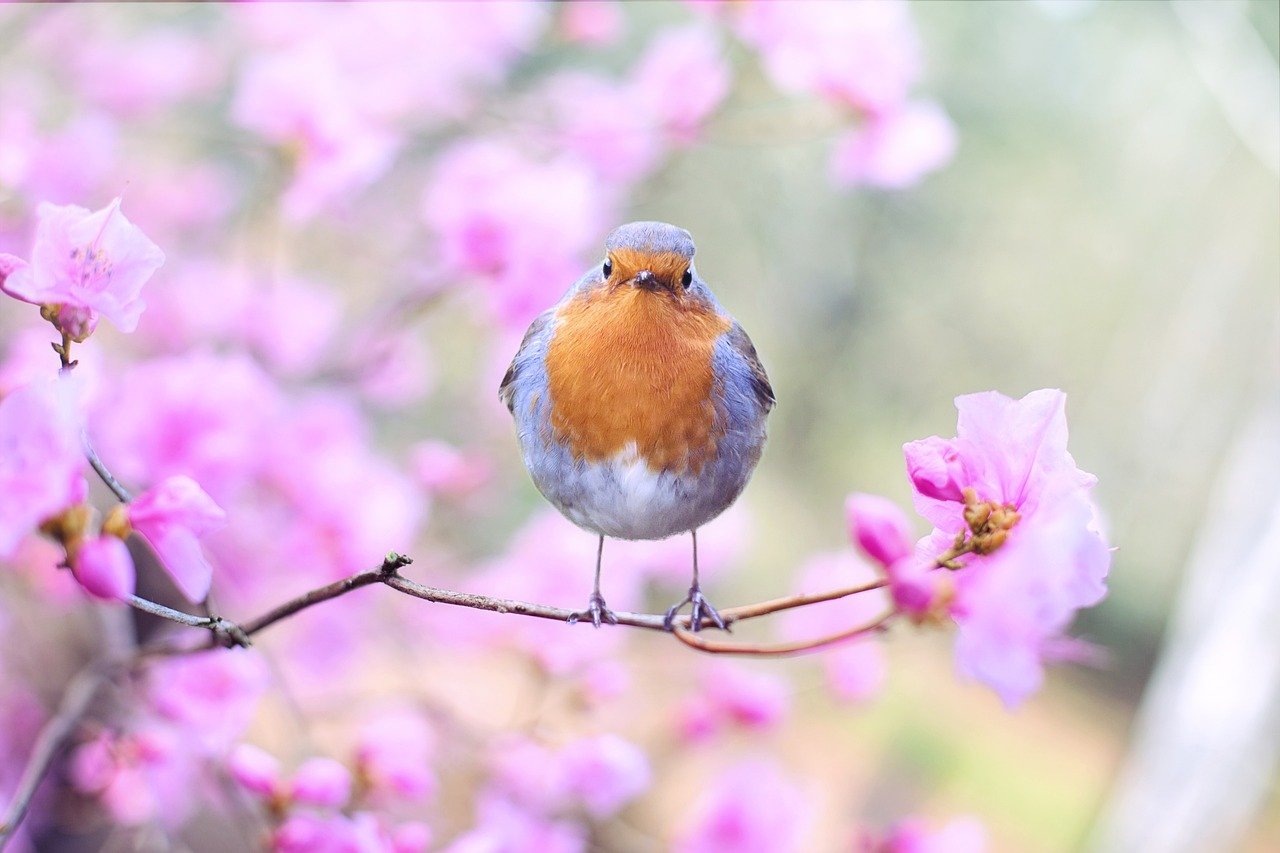
Wildlife photography involves capturing animals in their natural habitats. It requires patience, observation, and an understanding of animal behavior. Wildlife photographers strive to capture the essence and personality of their subjects, freezing moments that highlight the beauty, power, and grace of animals in their natural environments.
Macro Photography
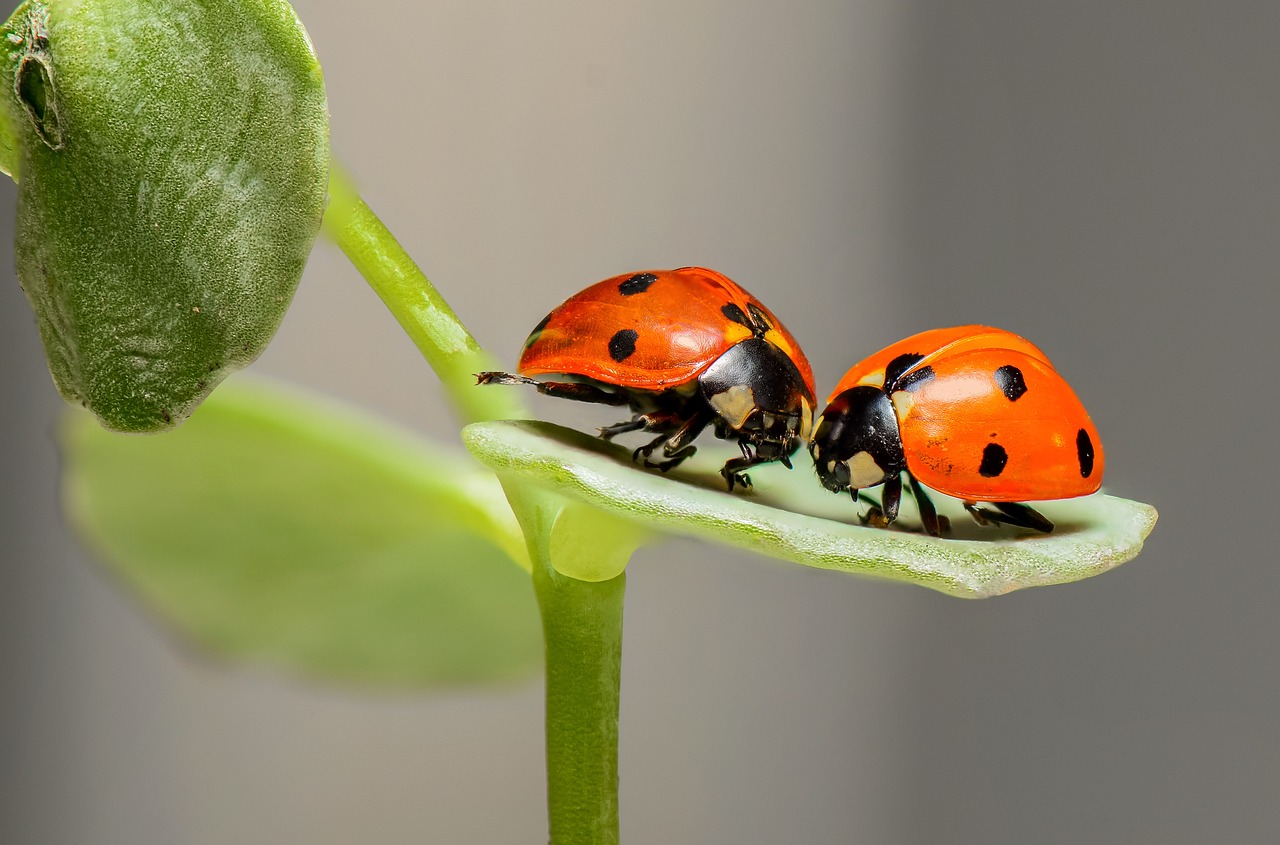
Macro photography explores the intricate details of small subjects such as flowers, insects, and other tiny elements of the natural world. By using specialized macro lenses and techniques, photographers can reveal the hidden beauty and complexity of these often-overlooked subjects.
4. Essential Equipment for Nature Photography

To capture stunning nature photographs, it is essential to have the right equipment. Here are some key items every nature photographer should consider:
Camera Body

Investing in a high-quality camera body with a large sensor and good low-light performance is crucial. This allows for capturing fine details and achieving excellent image quality, even in challenging lighting conditions.
Lenses

Choosing the right lenses is vital for nature photography. Wide-angle lenses are ideal for landscape photography, while telephoto lenses are essential for capturing distant wildlife. Macro lenses are designed for close-up shots of small subjects.
Tripod

A sturdy tripod is a must-have accessory for nature photographers. It helps keep the camera steady, especially in low-light situations or when using long exposure times. A tripod allows for precise composition and reduces the risk of blurry images.
Filters

Filters, such as polarizing filters and neutral density filters, can enhance the quality of nature photographs. A polarizing filter reduces glare and enhances colors, while a neutral density filter allows for long exposures, creating dreamy effects with water or clouds.
5. Composition Techniques
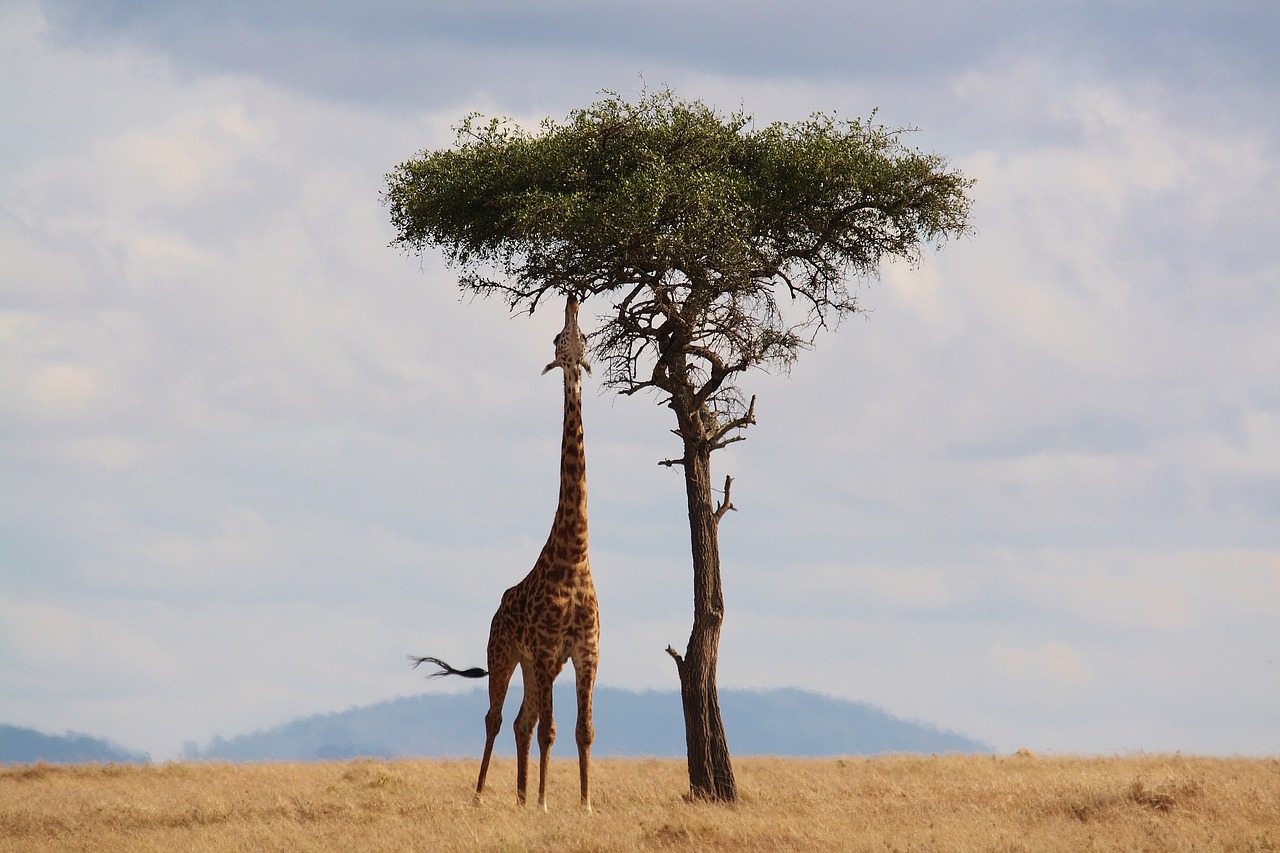
Composition plays a vital role in creating visually appealing nature photographs. Here are some essential techniques to consider:
Rule of Thirds
The rule of thirds involves dividing the frame into nine equal parts using two horizontal and two vertical lines. By placing key elements along these lines or at their intersections, photographers can create a balanced and visually pleasing composition.
Leading Lines
Leading lines guide the viewer’s gaze and create a sense of depth and perspective in an image. They can be natural elements like rivers or paths that lead the eye into the frame, drawing attention to the main subject.
Framing
Framing involves using elements in the foreground to create a natural frame around the subject. It adds depth and context to the photograph, drawing the viewer’s attention to the main focal point.
Depth of Field
Controlling the depth of field is crucial in nature photography. A shallow depth of field can isolate the subject from the background, creating a visually appealing bokeh effect. On the other hand, a large depth of field can ensure that both the subject and the background are in sharp focus.
(Continued in the second table)
6. Lighting in Nature Photography
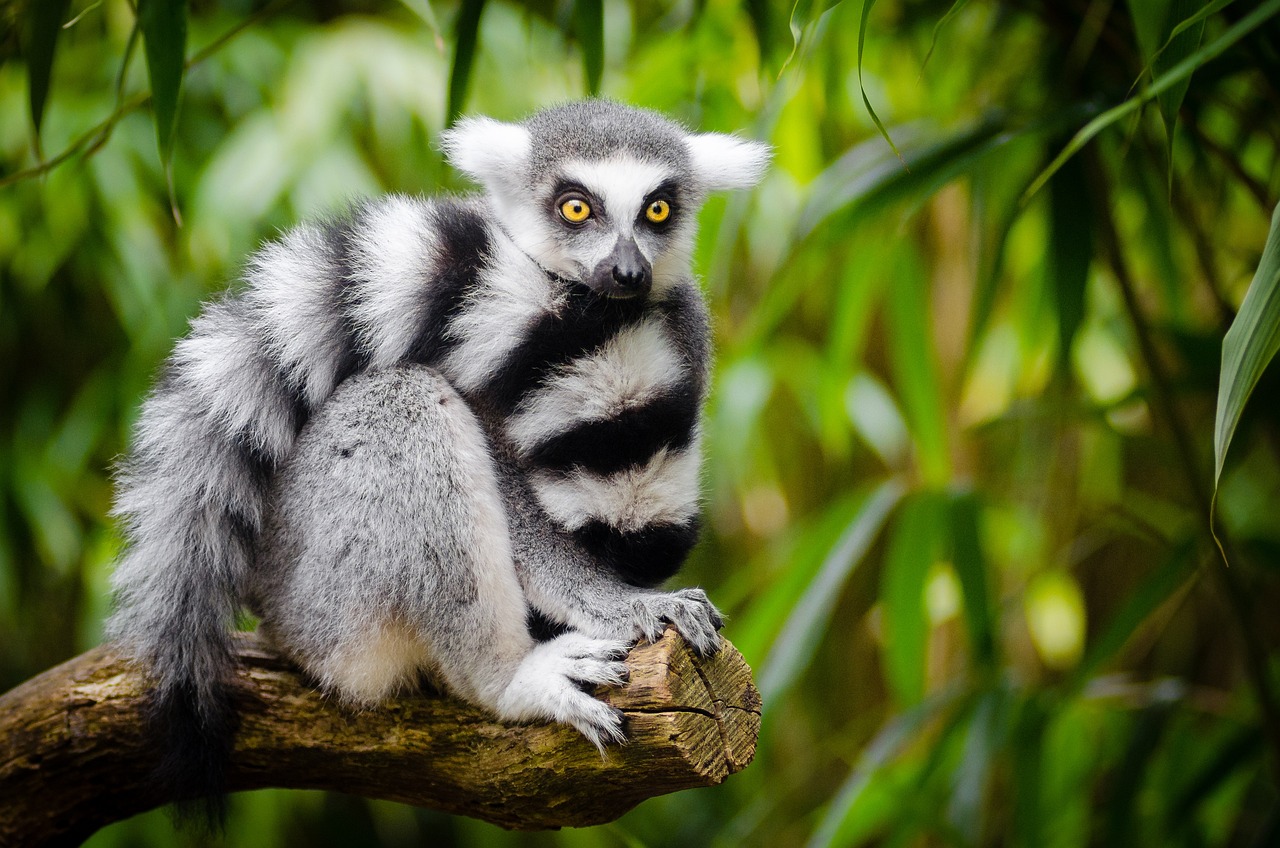
Capturing the right lighting conditions can significantly enhance the impact of nature photographs. Here are some key considerations:
Golden Hour
The golden hour refers to the period shortly after sunrise or before sunset when the light is soft, warm, and golden. It creates a magical atmosphere, casting a beautiful glow on the landscape and adding depth and dimension to the photographs.
Soft Light vs. Harsh Light
Soft, diffused light, such as on cloudy days or in shaded areas, can be ideal for nature photography. It helps to avoid harsh shadows and provides even illumination. However, harsh light, such as during midday, can be creatively used to create dramatic and high-contrast images.
Silhouettes
Silhouettes are a creative way to capture the shape and form of subjects against a bright background. By exposing for the background and allowing the subject to be in shadow, photographers can create striking and evocative images.
7. Tips for Capturing Stunning Nature Photos

While technical knowledge and equipment are important, here are some practical tips to take your nature photography to the next level:
Patience and Persistence
Nature photography often requires patience and persistence. Waiting for the perfect light, the right moment, or the ideal animal behavior can lead to incredible and unique photographs. Don’t rush the process; take your time and be prepared to invest the necessary effort.
Research and Planning
Before heading out for a nature photography excursion, it’s essential to research the location, weather conditions, and potential subjects. Planning ahead helps you make the most of your time and increases the chances of capturing extraordinary images.
Observation and Awareness
Being observant and aware of your surroundings is key in nature photography. Pay attention to details, notice interesting patterns, and anticipate potential moments. Understanding the behavior of wildlife or the changing conditions of a landscape can help you capture the decisive moment.
Connecting with the Environment
Immerse yourself in the natural environment and develop a deep connection with it. When you feel connected to nature, you are more likely to capture its essence in your photographs. Take the time to appreciate and respect the beauty and diversity of the natural world.
8. Post-Processing and Editing

Post-processing and editing are essential steps in enhancing your nature photographs. Here are some techniques to consider:
Enhancing Colors and Contrast
Adjusting colors and contrast can bring out the vibrancy and visual impact of your images. Carefully adjusting saturation, vibrance, and tone curves can make your nature photographs more visually appealing.
Adjusting Exposure
Sometimes, due to challenging lighting conditions, photographs may be underexposed or overexposed. Adjusting the exposure in post-processing can help recover details in the shadows or highlights, resulting in a well-balanced image.
Removing Unwanted Elements
In some cases, unwanted elements may find their way into your photographs. Whether it’s a distracting object in the background or sensor dust spots, using tools like spot healing or cloning can help remove these distractions, allowing the viewer to focus on the main subject.
9. Sharing and Showcasing Nature Photography

Sharing your nature photographs allows you to connect with a wider audience and inspire others. Here are some ways to showcase your work:
Online Platforms and Social Media
Sharing your photographs on online platforms and social media can help you reach a larger audience. Create a website or blog to display your portfolio, or use platforms like Instagram, Flickr, or 500px to share your images with the photography community.
Exhibitions and Contests
Participating in photography exhibitions or contests gives you the opportunity to showcase your work to a physical audience. It can provide recognition, exposure, and potential networking opportunities within the photography industry.
Creating a Portfolio
A well-curated portfolio is crucial for any nature photographer. Select your best photographs and present them in a cohesive and visually appealing manner. A portfolio can be in the form of a physical book, a digital PDF, or an online gallery.
10. Nature Photography Ethics

Nature photography should always prioritize the well-being of the environment and its inhabitants. Here are some ethical considerations:
Respecting Wildlife and Environment
It’s essential to maintain a safe distance from wildlife to avoid causing stress or disturbance. Respect their natural behavior and habitats, and avoid interfering with their routines. Do not feed or bait animals for photography purposes.
Obtaining Proper Permissions
When photographing in protected areas, private property, or locations that require permits, always obtain the necessary permissions. Follow the rules and guidelines set by authorities to ensure the preservation of these areas for future generations.
Avoiding Harmful Disturbance
Do not engage in practices that may harm the environment or wildlife. Avoid trampling delicate flora, damaging natural formations, or leaving behind any traces of your presence. Leave nature as you found it and minimize your impact as much as possible.
11. Overcoming Challenges in Nature Photography

Nature photography presents its fair share of challenges. Here are some common obstacles and how to overcome them:
Weather Conditions
Weather can be unpredictable, affecting the lighting and overall conditions for photography. Be prepared for changing weather and plan accordingly. Sometimes, adverse weather conditions can even add drama and uniqueness to your images.
Remote Locations and Accessibility
Capturing photographs in remote or inaccessible locations may require careful planning and logistical considerations. Research the location beforehand, pack essential gear, and ensure your safety while navigating unfamiliar terrain.
Wildlife Behavior
Wildlife photography often relies on capturing animals in their natural habitats. Understanding animal behavior can help you anticipate their movements and increase your chances of capturing compelling shots. Patience and observation are key.
12. Benefits of Nature Photography

Engaging in nature photography brings numerous personal and societal benefits. Here are some advantages:
Stress Relief and Mindfulness
Spending time in nature and capturing its beauty through photography can have a calming and therapeutic effect. It allows for a break from the hectic pace of daily life and fosters a sense of mindfulness and appreciation for the present moment.
Appreciation for the Natural World
Nature photography encourages a deeper understanding and connection with the natural world. By immersing ourselves in its beauty, we develop a greater appreciation for its intricate details, biodiversity, and the need for conservation.
Conservation and Environmental Awareness
Nature photographs can be powerful tools for raising awareness about environmental issues and promoting conservation efforts. They can inspire viewers to take action, advocate for the protection of natural habitats, and contribute to sustainability initiatives.
13. Conclusion
Nature photography provides a wonderful opportunity to capture and share the extraordinary beauty of the natural world. Through careful observation, technical skill, and a deep appreciation for nature, photographers can freeze moments in time, allowing others to experience the wonders that surround us. So grab your camera, venture into the great outdoors, and let your creativity soar as you document the breathtaking landscapes, captivating wildlife, and intricate details that make up our remarkable planet.
FAQs
- Q: What camera is best for nature photography? A: The best camera for nature photography depends on various factors, such as your budget and specific requirements. However, cameras with large sensors, high resolution, and good low-light performance are generally preferred.
- Q: Is post-processing necessary in nature photography? A: Post-processing can enhance the visual impact of nature photographs. It allows for adjusting colors, exposure, and removing distractions. However, the extent of post-processing is a matter of personal preference and the desired artistic outcome.
- Q: How can I improve my composition skills in nature photography? A: Improving composition skills in nature photography takes practice and experimentation. Study the work of renowned photographers, analyze the composition techniques they use, and apply them in your own photography. Experiment with different perspectives, framing, and leading lines.
- Q: How can I protect myself and my gear while photographing in remote locations? A: When photographing in remote locations, it’s essential to prioritize safety. Inform someone about your plans, carry necessary safety equipment, and be aware of your surroundings. Protect your gear from extreme weather conditions and consider investing in insurance for your equipment.
- Q: Can I sell my nature photographs? A: Yes, you can sell your nature photographs. There are various avenues to sell your work, including online platforms, stock photography websites, galleries, and exhibitions. Ensure that you have the necessary rights and permissions for commercial use of your photographs.




